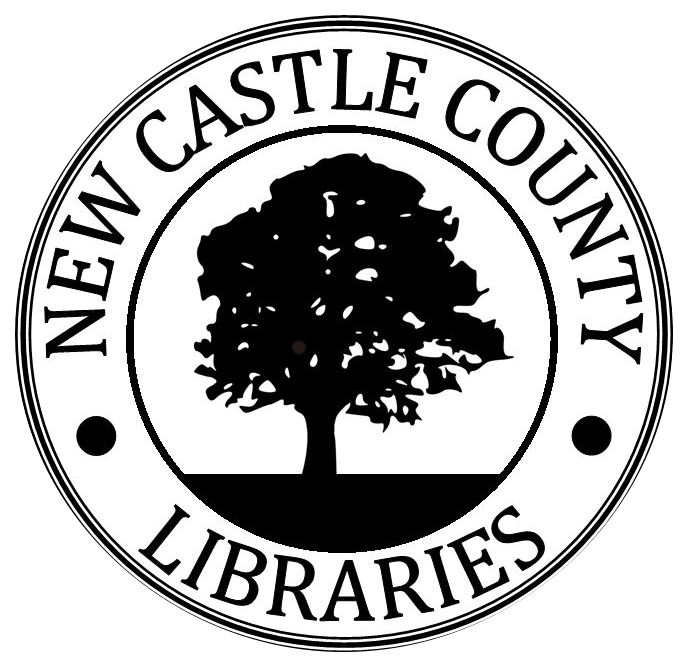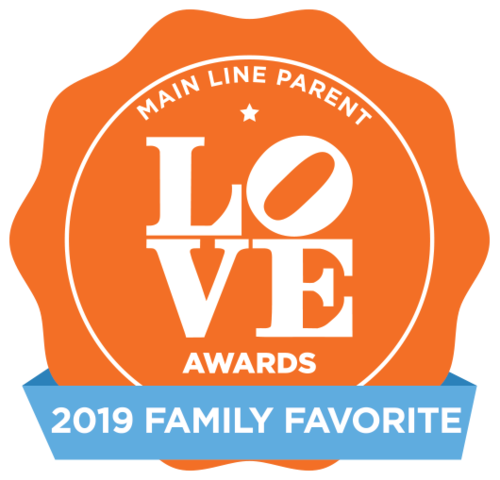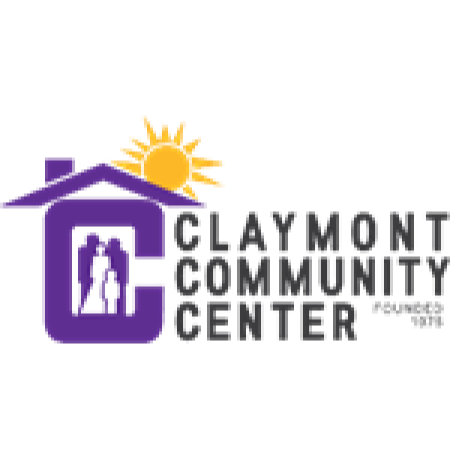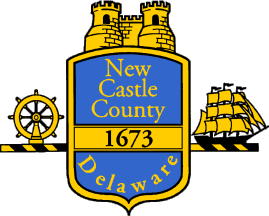Universal Language, Pt. 1
/I remember leaving Los Angeles for the last time, struck by the sobering realization that I wasn’t going to have a career as a recording artist after all. I wasn’t exactly heartbroken, but I couldn’t help feeling perplexed over what I had been doing wrong. I had tried several inroads: networking with various production staffers in Hollywood, accumulating contact hours with minor studios, and enlisting the help of a somewhat successful actor cousin of mine. I had made at least one sincere effort to become a studio musician, a sound engineer, a film composer, and a dialect coach. I’d even applied to UCLA School of Law in a last ditch effort to enter the music or film industries through the back door as an entertainment lawyer. As I drove my car west down Santa Monica Boulevard to get a last look at Hollywood, I noticed that one of the independent recording studios where years before I had applied for a job was now a Chipotle. Another one was simply vacant. I made a left on La Brea towards the 10, one of the many interstates that snake through Southern California like a latticework of pipes and conduits. In my downtrodden state, there came to my mind a thought: at one time I’d had the notion that through some kind of capillary action I might percolate upward through the glittery, palm-studded surface streets and arterial highways to infiltrate the rocky soil of the North Hills, eventually settling among the cream of the crop on Mulholland Drive. Instead, I was being flushed down the 10, toward the 405, straight into LAX and onto an eastbound airplane with the rest of the entertainment industry’s jettisoned refuse.
As I headed south to cross Melrose Avenue, I passed Pink’s, the famous hot dog stand opened in 1939. On this particular afternoon in July, like almost every other day of the year, there was a line that literally wrapped around the entire restaurant, probably more than an hour wait. I’ve never waited more than three minutes for a hot dog in my life. The absurd image of all those people queueing up for what they believed to be the best hot dogs on the planet made an instant impact on me. “That,” I said to myself, “is Los Angeles.” Endless waiting, waiting, waiting—standing in lines, idling in traffic, sitting by the phone for a call back, continually checking the computer for an email response. An interminable wait, with bated breath and fingers crossed, for something that you believe has got to be the greatest thing on Earth, but almost always turns out not to be worth it. The greatest hype often belies a lackluster product, and most people wouldn’t eat a hot dog if they saw how it was made. I was glad to be leaving, and I hadn’t even really gotten in. The phony glamour and cloying smarminess of Hollywood’s industry players had already left me feeling ill, the way you feel after finally finishing an all-day sucker at the fair. Even as I wished LA good riddance, I could neither avoid the pangs of envy nor shake the nagging suspicion that I just wasn’t connected enough, outgoing enough, or talented enough.
After shelving my dream of playing and writing music for a living, I became itinerant for a while, taking a series of jobs, tutoring Spanish and ESL, spending a few months in London, then in China. I returned to Costa Rica where during college I had once tended bar and played electric piano at a neighborhood cantina, hoping I might find a teaching gig at a private language school in San José. After returning home, I was hired as the operations manager of a warehouse and distribution center that a high school friend and his business partner had recently purchased. I thought that for once I might as well stop living a fantasy and relegate myself to the travails of the real world. I wouldn’t suggest to denigrate warehouse managers if they excel at their work, but I did not excel, and I was decidedly ill at ease with my new métier. Sometimes after a 14-hour workday of fielding a slew of customer complaints and wrangling intractable employees, I would sink back in my chair and listen to music on the computer. It could be anything from Marina and the Diamonds to the Moody Blues, from Miles Davis to Mendelssohn. I would inevitably analyze the harmonies, chord progressions and rhythmic structure of any song I’d put on, which somehow relaxed me more than simply listening and enjoying. As much as I loved the mere experience of spending an hour running down a random playlist, I couldn’t help striving to understand how any of these people were able to achieve the degree of fame and success that they did, whether because of or in spite of their particular circumstances.
I thought back to my first piano lesson at age nine, plinking random keys with my index fingers like an old typewriter, hoping to unlock this black-and-white enigma before me. It made no sense to me at all. It might as well have been a Rubik’s Cube. Still, even then I knew I wouldn’t give up on it. I would continue muddling through scale after arpeggio after étude until I unlocked the code, and eventually what at one time seemed so arcane would become as natural and effortless as swimming or riding a bike. I took lessons from a phenomenal teacher named Helen Hoffmann, who had studied at the Peabody Conservatory at Johns Hopkins University. With her I spent the next five years on a desultory journey from a forest of early folk tunes and children’s songs through a sea of Baroque keyboard suites and partitas, and up into a constellation of Impressionist waltzes and ragtime duets. My repertoire swelled with gavottes, minuets, sonatas, nocturnes and cakewalks. I became acquainted not only with looming giants like Beethoven and Liszt but also with the unsung heroes of classical piano music, such as Friedrich Kuhlau, Gabriel Fauré and Dmitri Kabalevsky, for whom Mrs. Hoffmann had a special predilection. I myself became partial to the dark and atmospheric Symbolist pieces of Erik Satie, who was influenced by the Dada art movement in his hometown of Paris and was even friends with Marcel Duchamp and Man Ray.
Around the same time, I discovered the eclectic library of LPs in our basement that had resulted from the merger of my mother’s and father’s respective vinyl collections. While my piano teacher was singing me the praises of Muzio Clementi and Béla Bartók, I was becoming simultaneously cognizant of Boz Scaggs and Billie Holiday. During the same five years I burned through almost every album in the case, everything from The Who and Pink Floyd to Al Green and Joan Armatrading to Deep Forest and Ladysmith Black Mambazo. Regardless, even as I absorbed the varied sounds of these artists, I couldn’t help scrutinizing them with reference to the high art music that preceded them by centuries, about which Mrs. Hoffmann taking it upon herself to educate me. She had an encyclopedic knowledge of the composers of the common-practice period, spanning the time of François Couperin’s pedagogical harpsichord pieces to the elaborate ragtimes of Scott Joplin’s final years.
It always struck me that Scott Joplin died in 1917 after struggling his entire life to be taken seriously as a classical composer like his French contemporary Claude Debussy. He climbed the social ladder as well as any black musician in the South could in those days, leaving his family of Texas railroad workers to make a living as an itinerant music teacher and performer of ragtime. This had always been considered nothing more than a danceable kind of parlor music, a Sousa-style march mixed with African polyrhythm and syncopation, repurposed for the piano and befitting no venues other than brothels and beer halls. Joplin made his way from Texarkana to St. Louis to New York City with the abiding vision of elevating ragtime to the level of respect reserved for people like Debussy, Ravel, and Rachmaninoff. Mrs. Hoffmann, to her credit, made it a point with her students to validate Scott Joplin as a serious composer and vindicate his highbrow aspirations. However, she flatly refused to accept the legitimacy of the new music that had emerged publicly the very year of Joplin’s death and which almost instantaneously eclipsed all popular music that had preceded it. It wasn’t just that she didn’t like jazz or didn’t know how to teach it—she wouldn’t even deign to discuss or acknowledge it, much less permit me to desecrate her piano by learning it. This was baffling to me even at an early age, considering that the person who had recommended Helen Hoffmann to my mother was my uncle, a cornet player and leader of his own five-piece jazz orchestra. The only music my uncle Jim ever listened to was Big Band and Dixieland jazz! Though I’d never had any real proclivity toward the genre, I had become totally sated with the Baroque and Romantic piano pieces that Mrs. Hoffmann had been feeding me week after week. I needed something different, and for whatever reason, this was one arena she was not willing to enter with me.
In order not to let me abandon my music studies, Uncle Jim enlisted the services of a jazz pianist he had played with in the seventies. John Southard taught piano out of a friend’s one-bedroom apartment in downtown Wilmington, Delaware, and he agreed to take me on. I had gone from playing a Steinway concert grand in Mrs. Hoffmann’s beautiful Victorian parlor to beating on a dilapidated and untuned Kohler & Campbell upright that even Scott Joplin wouldn’t have condescended to play. I didn’t care, though. It didn’t matter that some keys would stick or that others had the ivory half chipped off, and it didn’t matter that I always had to compete with the din of city traffic and the pounding footsteps of upstairs neighbors. I was playing a kind of music entirely new to me, and, along with the required standards, Mr. Southard let me pick anything I wanted. I learned the principles of improvisation, strange new chords and cadences, cool jazz, blues, bebop, stride, swing, even the Charleston! I was introduced to Fats Waller, Charlie Parker, Dave Brubeck and Thelonious Monk. From there (at my own insistence) I went on to learn piano arrangements of The Beatles, Elton John, The Carpenters, Carole King, and almost every hit Billy Joel ever had. My favorite part of each lesson was the jam session, during which Mr. Southard would play accompaniment on the bass end of the keyboard while I improvised a melody line on the upper half. He later taught me how to apply this technique to any song I learned to play alone. I no longer had to drill scales or chord inversions or play every single note exactly the way it was written. I could be creative, improvise, embellish, and most importantly, I could make mistakes. Sometimes the mistakes sounded better than the notation! It was like finally learning to speak a language fluently rather than memorizing canned phrases. I was learning to produce my own sounds rather than simply reproduce someone else’s.






